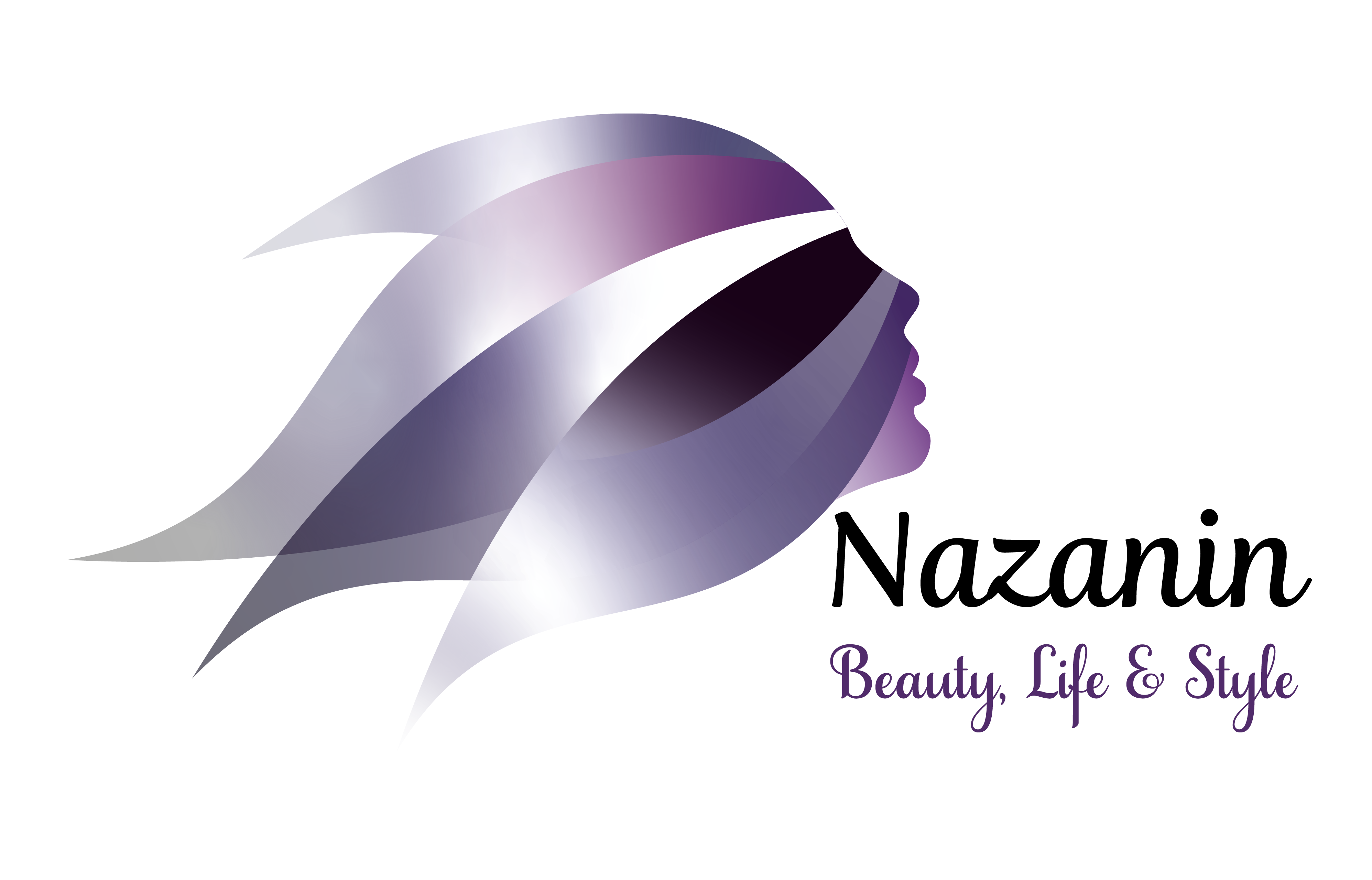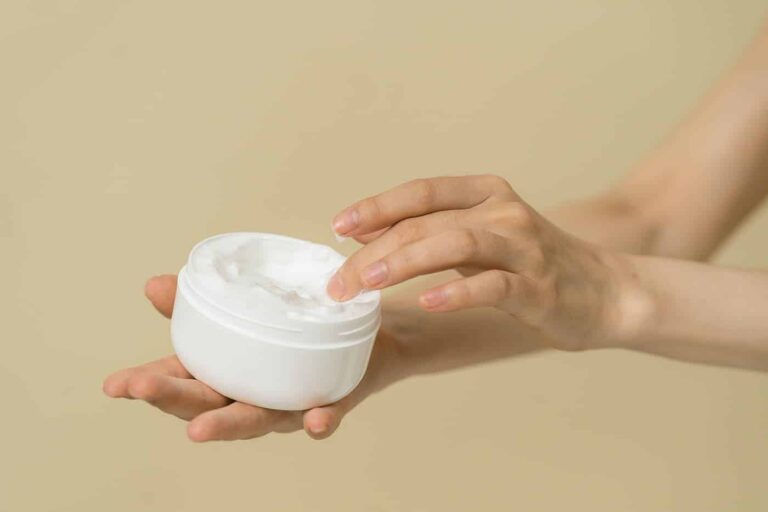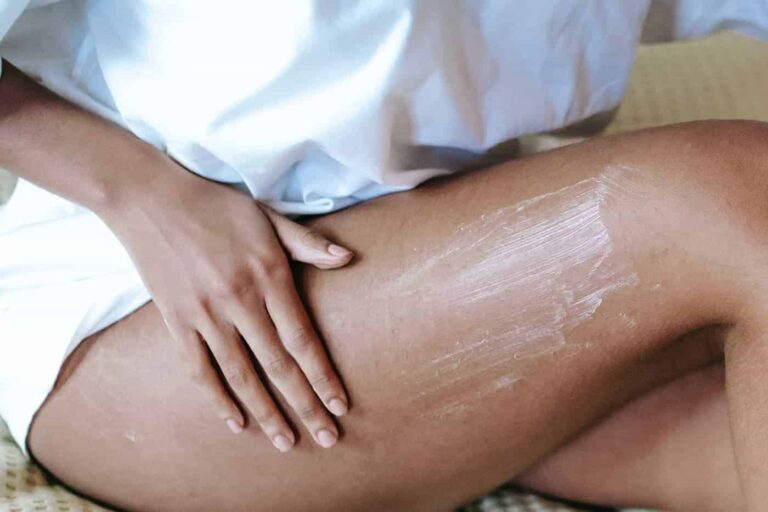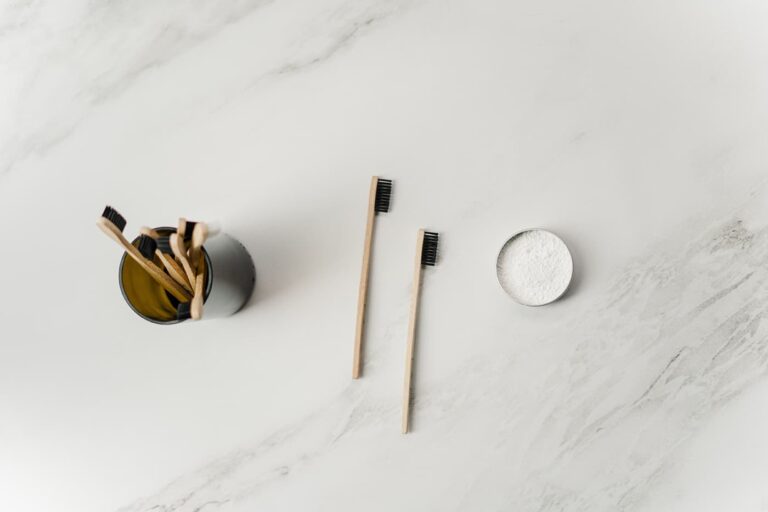What is Lash Lifting
Eyelash lifting, also known as lash lifting or lash perm, is a cosmetic procedure that aims to curl and enhance the appearance of natural eyelashes. It is a popular alternative to eyelash extensions for individuals who desire a more lifted and curled lash look without the use of false lashes.
Eyelash lifting can give the appearance of longer, more defined lashes and create a more open and awake look to the eyes. It is generally a more low-maintenance option compared to eyelash extensions, as it works with your natural lashes.
Who really needs to get lash lift done?
Eyelash lifting, or lash lifting, can benefit various individuals who desire a more curled and lifted appearance of their natural lashes. Here are some scenarios where lash lifting may be suitable:
- Straight or downward-pointing lashes: If you have naturally straight lashes that point downward, lash lifting can help create a more uplifted and curled look. It gives the illusion of longer, more defined lashes and can enhance the overall appearance of the eyes.
- Lack of curl in natural lashes: Some individuals have naturally flat or less-curled lashes that can appear shorter or less noticeable. Lash lifting can provide a semi-permanent curl, making the lashes more prominent and giving a more open-eyed look.
- Low-maintenance preference: Lash lifting is a popular choice for those who want to enhance their lashes without the need for daily curling with an eyelash curler or applying mascara. It offers a convenient solution for individuals seeking a semi-permanent curl and definition to their lashes.
- Allergy or sensitivity to eyelash extensions: If you have an allergy or sensitivity to the adhesives used in eyelash extensions, lash lifting can be a suitable alternative. It does not involve the use of false lashes or adhesive, relying solely on the natural lashes.
- Desire for a natural look: Lash lifting provides a more natural look compared to eyelash extensions, as it enhances the natural lashes rather than adding artificial extensions. It can give a more subtle yet noticeable enhancement to the eyes.
It’s important to consult with a trained lash technician or esthetician who can assess your natural lashes and discuss your desired outcome. They can provide personalized advice on whether lash lifting is suitable for you and help determine the most appropriate curl and style based on your eye shape and preferences.
It’s worth noting that lash lifting may not be recommended for individuals with certain eye conditions, such as infections, inflammation, or recent eye surgeries. It’s best to consult with a healthcare professional if you have any concerns or underlying eye conditions before considering lash lifting.
Who can not go for lash lift service?
While lash lifting is generally safe for most individuals, there are certain cases where it may not be recommended or suitable. Here are some situations where lash lift may not be advisable:
- Recent eye surgeries or eye conditions: If you have recently undergone eye surgeries, such as LASIK or cataract surgery, or if you have any ongoing eye conditions or infections, it is best to avoid lash lifting. The procedure could potentially irritate or interfere with the healing process of the eyes.
- Allergies or sensitivities: If you have a known allergy or sensitivity to the products used in lash lifting, such as the lifting solution or setting solution, it’s advisable to avoid the procedure. Patch testing is often recommended prior to the treatment to check for any adverse reactions.
- Short or weak lashes: Lash lifting may not be as effective or long-lasting for individuals with very short or weak lashes. The procedure works by curling and reshaping the existing lashes, so if the lashes are too short or weak, it may be challenging to achieve the desired results.
- Recent lash extensions or perming: If you have recently had lash extensions applied or have undergone lash perming, it is generally recommended to wait until the extensions have shed or the perming has grown out before considering lash lifting. Performing multiple treatments on the lashes in a short period can lead to damage or overprocessing.
- Pregnancy or breastfeeding: While there is limited research on the effects of lash lift during pregnancy or breastfeeding, it’s generally recommended to avoid unnecessary chemical treatments during this time. It’s best to consult with a healthcare professional for guidance.
- Maintenance and Aftercare: Following lash lifting, it’s important to follow the recommended aftercare instructions provided by the technician. This typically includes avoiding contact with water or steam for the first 24-48 hours, refraining from rubbing or pulling the lashes, and avoiding oil-based products around the eyes. Proper aftercare helps to maintain the lifted results and minimize the risk of damage to the lashes.
It’s crucial to consult with a trained lash technician or esthetician who can assess your individual circumstances and provide personalized advice. They can evaluate the condition of your lashes, discuss any potential risks or contraindications, and help determine if lash lifting is suitable for you. To minimize potential concerns, it’s advisable to choose a reputable and experienced professional who uses high-quality products and follows proper hygiene and safety protocols.
Prioritizing your safety and well-being is essential when considering any cosmetic procedure. If you have any concerns or underlying medical conditions, it’s always best to consult with a healthcare professional before proceeding with lash lifting.
Here’s an overview of the eyelash lifting process:
- Preparation: The eye area is cleansed to remove any makeup, oils, or debris. It’s important to have clean lashes for better adhesion and results.
- Eye protection: To protect the lower lashes and delicate skin around the eyes, a silicone or rubber shield is placed along the lower lash line. This shield helps separate the upper and lower lashes and prevents the solution from coming into contact with the skin.
- Application of lifting solution: A lifting solution, typically a gentle chemical formulation, is applied to the base of the upper lashes. This solution helps to break down the protein bonds in the lashes, allowing them to be reshaped.
- Curling and shaping: Using a small lash brush or a specialized tool, the technician lifts the lashes upward and molds them onto the curved shape of the silicone shield. This process helps create a lifted and curled appearance.
- Setting solution: After the lashes are in the desired position, a setting solution is applied to lock the lifted shape in place. The setting solution helps to reform and re-establish the protein bonds in the lashes.
- Tinting (optional): In some cases, a lash tint may be applied after the lifting process to darken and enhance the appearance of the lashes. This step is optional and can be skipped if desired.
The results of eyelash lifting can last anywhere from six to eight weeks, depending on the individual’s lash growth cycle. As new lashes grow in, they will have a natural, straighter appearance, gradually replacing the lifted lashes.
It’s important to have eyelash lifting performed by a trained and experienced professional who can ensure proper technique, safety, and desired results. Additionally, it’s advisable to follow any aftercare instructions provided by the technician to maintain the longevity of the lifted lashes and avoid potential damage or irritation.



